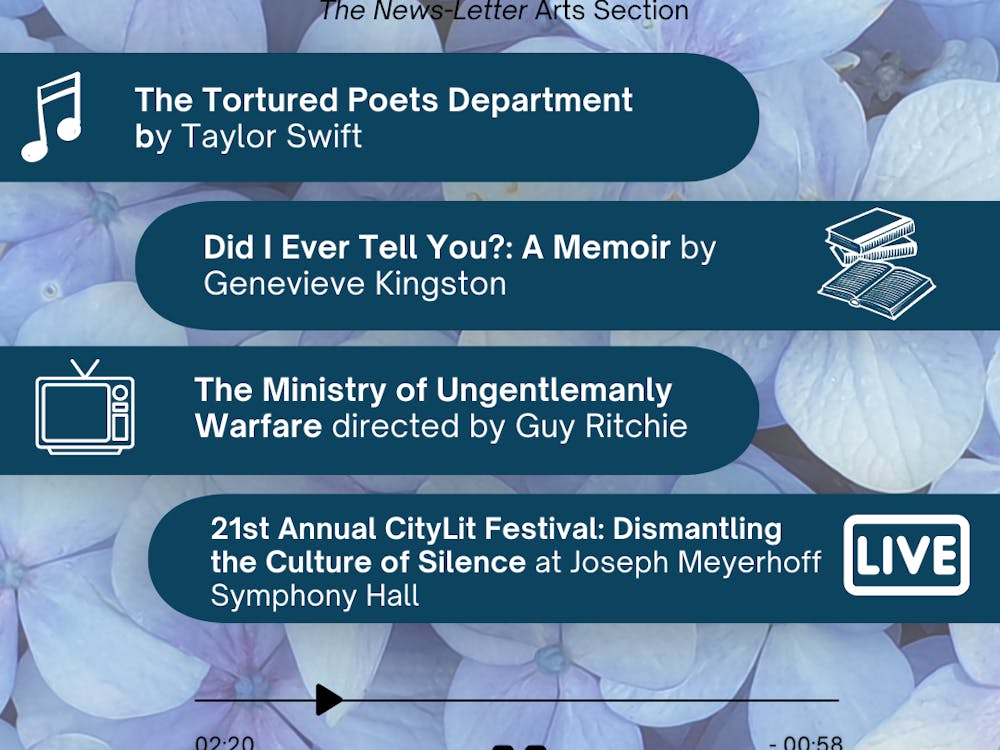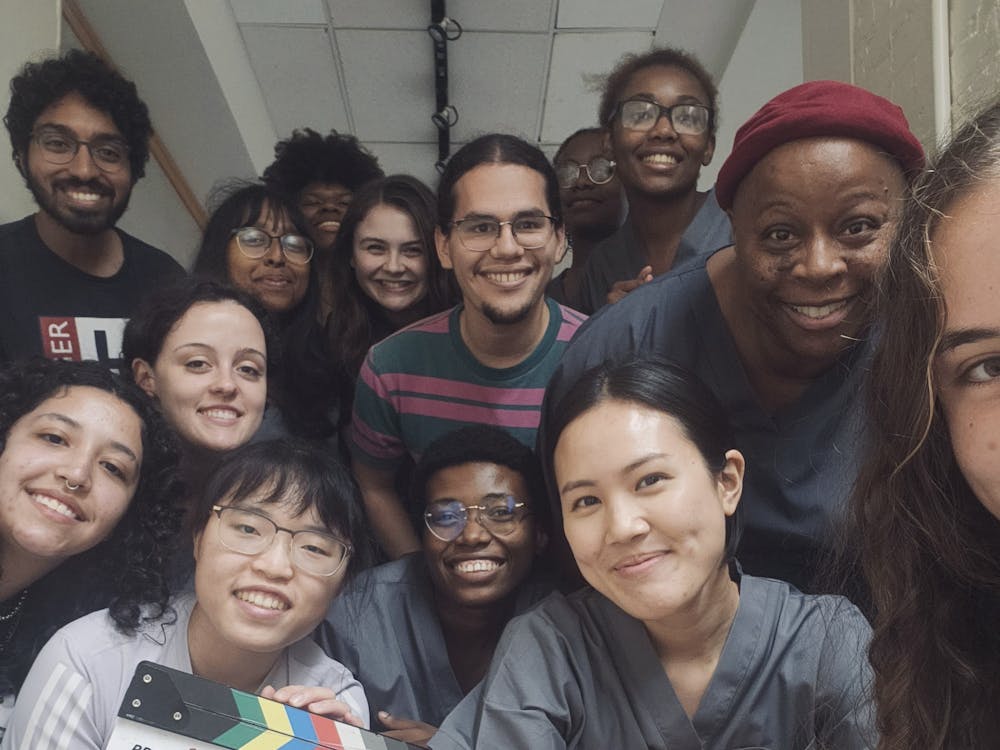Of all that’s happened in 2016, it would probably be over-the-top to say that the most hard-hitting tragedy has been the death of beloved video sharing app Vine. However, because of the app’s pervasive influence on popular culture over the last few years, its departure marks a significant loss for the world of arts and entertainment.
For those of you who don’t know, I’ll explain a bit about what Vine is (or was) and how it met its grisly end.
Vine is an app that allows users to post video clips limited to six seconds. The founders initially imagined a casual “lifecasting” service along the lines of what Snapchat has become, but aspects of Vine, particularly the time limit, encouraged users to experiment creatively with the platform.
A selection of users rose to stardom because of the consistent humor and quality of their Vines as they pushed the limits of what they could do with just six seconds of content. The app became dependent on this oligarchy of its top producers, which is dangerous enough, but its failure to incentivize continued creation from this elite led to decreased market interest and traffic.

Other platforms that depend on “talent” from their users, such as YouTube, have programs to compensate their top creators. To its leading stars, Vine’s competitor platforms, which also included Instagram and Facebook, offered more profitable options for continued use.
Because of this, most articles about Vine’s decline and eventual death end in a grim warning about the danger of building a franchise that relies on the individual creative expression of a few individuals.
However, I am personally thankful that Vine has provided this platform. Despite the problems with its economic model (thanks capitalism), Vine spawned more memes and other cultural phenomena than any other social media platform with only a fraction of the users.
The most captivating part of Vine’s life story is that most of these memes and other iconic Vines didn’t originate from the Vine A-list. The nature of Vine allowed a single video clip to explode with popularity in a short amount of time, leading to the birth of such exemplary memes as “damn Daniel” and “what are those?”
There are distinct genres of Vine, the largest of which is comedy, but this category can itself be divided further between scripted Vines that are intentionally funny and some apparently accidental or unlikely moments.
The one-hit-wonder Vines typically come from the latter group, as what makes them special is their ability to capture an improbable moment of hilarity. Some overlap would occur, of course, when consistent Viners referred to current trends on the app, but regular creators usually rose to stardom because of a distinct style that set them apart from their peers.
For example, popular creator Thomas Sanders gained recognition for Vines in which he narrates the lives of ordinary people, relying on his subjects’ amusing reactions. Viner King Bach, who has the most followers of any user, said in an interview that he paid attention to what users found funny and reflected his observations in his uploads.
Inexplicably, the second most-followed Viner is Nash Grier, a talentless man-child who somehow built a fanbase around his ignorant and unamusing Vines that are at best boring and at worst vomit-inducing.
My point is this: Vine had a lot to offer. “Vine edits” are a trendy if niche way to gain popularity by making six-second mashups of characters or shows. A large contingent of top Viners primarily post musical clips that feature singing, dancing or playing an instrument.
And yet, the most popular Viners are those who experimented with the limitations of the medium to create comedy that is as effortless or precise as they like, whether with a simple punchline or sight gag or by creating an elaborate scene with acting, costumes and props.
Part of Vine’s value lay in how easy it was for anyone to become Vine-famous if they posted regular, entertaining content. The massive range of styles open to Viners allowed rising users to forge their own space for creation, rather than having to compete in a fierce pool of other creators racing to produce the most entertaining content first.
Ultimately, Vine proved to be an experiment in the creation of modern art that was culturally successful but economically unsustainable. Although most of its creators have already moved to alternative mediums, it is unlikely that anything will ever quite replaced the unique venue of creation that the app provided.
I know that Vine is perhaps not the most devastating loss we’ve faced in the last year, but I’ll be sure to add it to the list of things for which I hold a remembrance on New Year’s Eve.























Please note All comments are eligible for publication in The News-Letter.